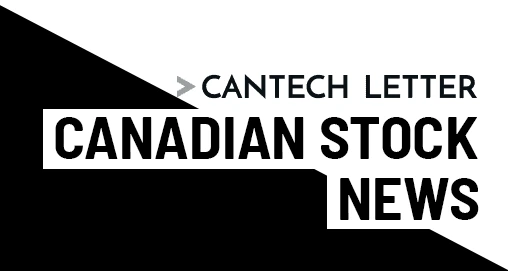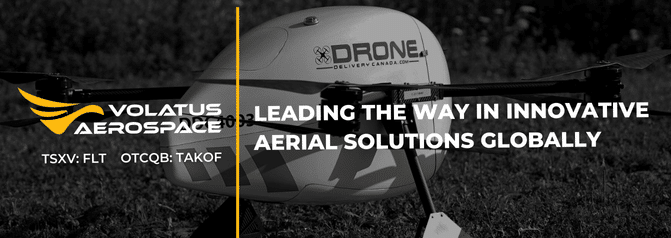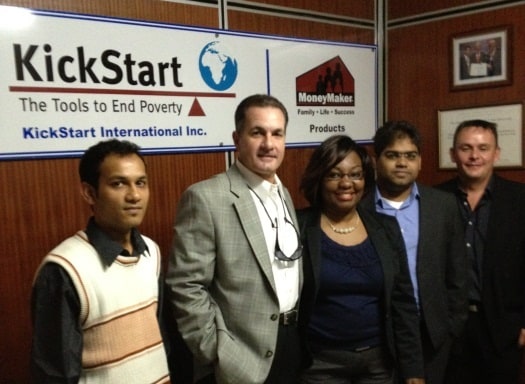5 Questions with Randy Keith of Serenic (TSXV:SER)

A little digging into the business of Edmonton’s Serenic (TSXV:SER) reveals some interesting economic trends. Serenic, which makes software that helps international non-profits and NGO’s better manage their resources, appeared poised to benefit from a shift that many hadn’t noticed.
As The New York Times reported at the time, the number of charities in the United States rose 60 percent, to 1.1 million, in the decade between 1999 and 2009. In the US, charities now collect nearly a trillion and a half dollars, which is more than the US government collects in income taxes. In Canada, philanthropic donations jumped 127% after a 1996 amendment by the Canada Revenue Agency that ditched the capital gains tax on gifts of securities.
The economic downturn that began in late 2008, however, hit charities especially hard. Midway through 2009, Boston based consulting firm The Bridgespan Group reported that 75% of charities had been hurt by the recession. Newer data suggests long-term trends in charitable giving are now resuming. A study by the Nonprofit Research Collaborative, a coalition of six organizations that study or represent nonprofits and fund raisers, showed that 43 per cent of charitable organizations increased the amount of money they raised in 2010, and 63 per cent of the more than 1,800 organizations studied said they expect private donations to rise in 2011.
Cantech Letter talked to Serenic President and CEO Randy Keith.
Tell us a bit about your business. How do you make money?
Serenic is a software company that produces accounting and financial management solutions for Nonprofits, International NGOs (Non Governmental Organizations) and certain types of public sector organizations. Our revenue model contains several distinct elements including software licenses, annual (recurring) maintenance and support contracts, and professional services which includes implementation consulting and training.
Obviously, we make money when the combined amount of all of these components exceeds our expenses. But, since we also have an indirect sales channel through certified reselling partners, it is important that we sell the right ratio of business since our direct license revenue carries a higher margin. Similarly, it is critical that we maintain high levels of customer retention year to year in order to preserve the recurring revenue associated with maintenance contracts. And, lastly, we keep a keen eye on the utilization rate within our consulting group as it entirely made up with people on the payroll
Is your space growing? How are you positioned to benefit?
There is an interesting dynamic at work right now in the industry. While the number of nonprofits continues to grow throughout the world, the funding for many of them has been dramatically affected by the recession and struggling economy.
However, consider these metrics: the nonprofit industry accounts for about 5% of the US Gross Domestic Product, employs nearly 13 million people or 10% of the workforce (more people than the finance, insurance, and real estate sectors combined) and reported $1.4 trillion in revenues in 2009.
Many nonprofits are discovering that they can indeed save money, achieve higher degree of transparency, and be more productive with their cherished resources by implementing our software. Our challenge will continue to raise the awareness level within the markets we serve and compete aggressively for that business when either we find it or it finds us.
What is the most most common misconception about your company or its business?
Without question, the most common misconception is that nonprofits have no money. While it is true that most nonprofits and NGOs are extremely prudent with respect to spending on things that are not directly related to their particular cause or mission, most realize that operating successfully in the long term requires investment, and that definitely includes technology.
What’s your financial situation like?
Very stable. We continue to grow revenues and profits and reported over $ 4 million in cash at the end of our most recent fiscal year. Our Accounts Receivable remains very healthy and we have no long term debt.
What is your key competitive advantage?
Any company is only as good as its people and I am proud to say that Serenic has developed a team, including our partners, that is absolutely the best. However, aside from our people, I would say that the power and flexibility of our software, its ability to meet the needs of such a vast and unique audience, and our partnership with Microsoft is pretty much an unbeatable combination.
Disclaimer: Serenic is a sponsor of Cantech Letter and a client of Cantech Communications.
____________________________________________________________________________________
____________________________________________________________________________________
Nick Waddell
Founder of Cantech Letter
Cantech Letter founder and editor Nick Waddell has lived in five Canadian provinces and is proud of his country's often overlooked contributions to the world of science and technology. Waddell takes a regular shift on the Canadian media circuit, making appearances on CTV, CBC and BNN, and contributing to publications such as Canadian Business and Business Insider.


